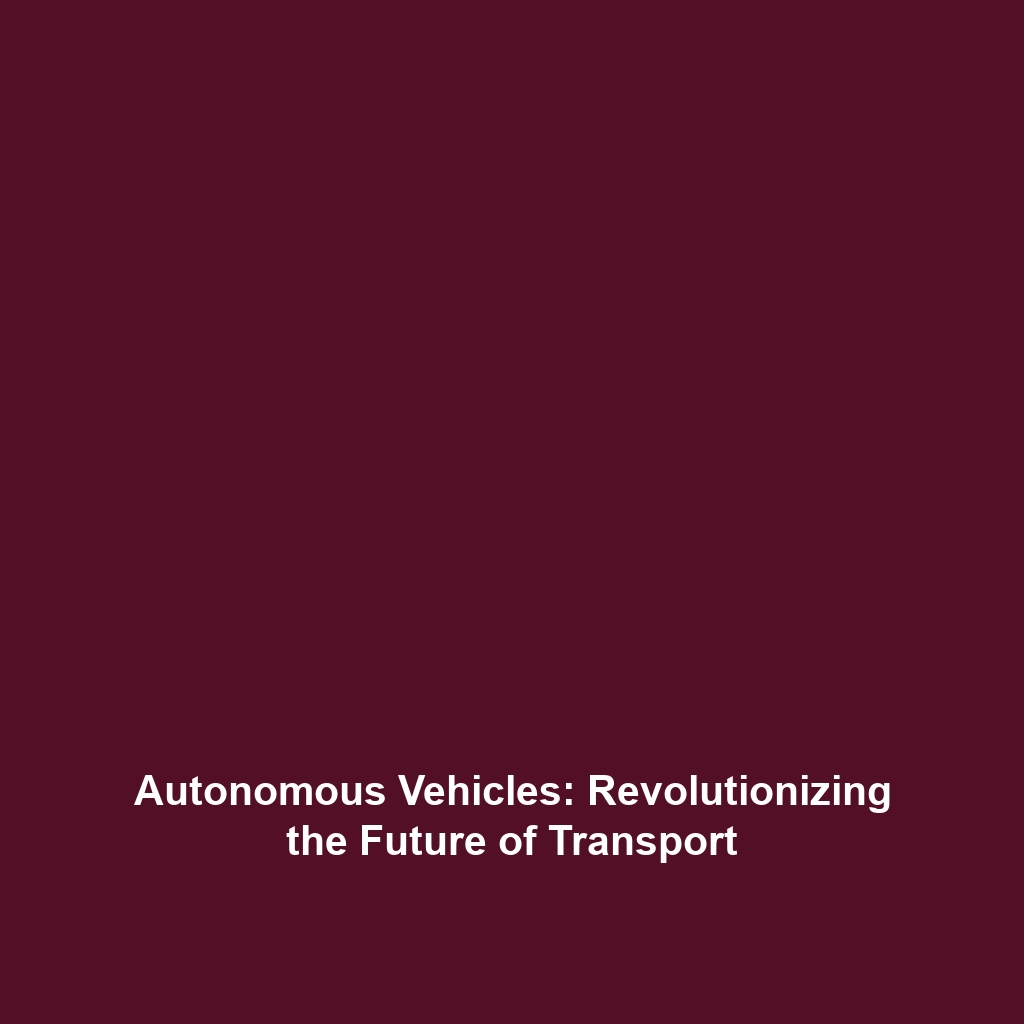Autonomous Vehicles and Brain-Computer Interfaces
Autonomous vehicles represent a significant advancement in transportation technology, merging concepts from robotics, artificial intelligence, and human-machine interaction. The integration of Brain-Computer Interfaces (BCIs) into autonomous driving systems stands to revolutionize the way we approach vehicle safety and control. By monitoring driver attention, detecting drowsiness, and providing alternative control inputs, BCIs enhance not only the driving experience but also ensure passenger safety and comfort during travels.
Key Concepts
Understanding the intersection of autonomous vehicles and BCIs requires a grasp of several key concepts:
Brain-Computer Interfaces
BCIs are systems that facilitate a direct communication pathway between the brain and an external device. They traditionally rely on electroencephalography (EEG) to interpret brain activity and translate it into actionable commands.
Autonomous Driving Systems
These systems utilize a combination of sensors, cameras, and artificial intelligence to navigate and operate vehicles without human intervention. By integrating BCIs, these systems can become more responsive to driver states and intentions.
Applications and Real-World Uses
Incorporating BCIs into autonomous vehicles opens up various applications:
- Driver Monitoring: BCIs can monitor real-time brain activity to assess driver focus and reaction levels.
- Drowsiness Detection: Utilizing BCI technology, vehicles can detect early signs of drowsiness and engage alerting mechanisms before accidents occur.
- Control Inputs: In scenarios where manual control is required, BCIs can offer alternative inputs based on the driver’s mental state.
These applications exemplify how BCIs are used in autonomous driving systems, demonstrating the potential of merging technology with human factors to enhance safety.
Current Challenges
Despite their promising applications, there are several challenges associated with the integration of BCIs in autonomous vehicles:
- Data Privacy: Ensuring the privacy of sensitive neural data raises ethical and legal concerns.
- Technological Limitations: Current BCI technologies still face limitations in accuracy and reliability, particularly in real-world conditions.
- Driver Acceptance: Gaining acceptance from drivers who may be skeptical about brain sensors monitoring their activity is critical.
Addressing these challenges of BCIs in autonomous driving is essential for further developments in this field.
Future Research and Innovations
The future of BCIs in autonomous vehicles looks promising, with several innovations on the horizon:
- Improved Sensor Technology: Developing more sophisticated sensors to enhance accuracy and reduce invasiveness.
- AI Integration: Using AI to better interpret BCI data for more efficient driver-assistance systems.
- Collaboration with Automotive Industries: Encouraging interdisciplinary partnerships to accelerate advancements.
These advancements indicate that upcoming innovations in BCIs and autonomous vehicles could significantly impact transportation safety and efficiency.
Conclusion
In summary, the integration of Brain-Computer Interfaces into autonomous vehicles is set to transform the future of driving by enhancing driver awareness and safety. As we continue to explore this intersection, stakeholders must address pivotal challenges to fully realize the potential of BCIs in this domain. For further reading on related topics, please explore our articles on Brain-Computer Interfaces and Autonomous Vehicles.

